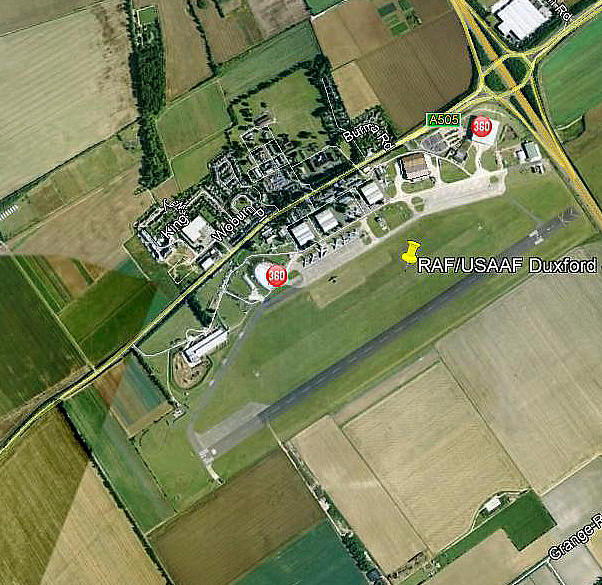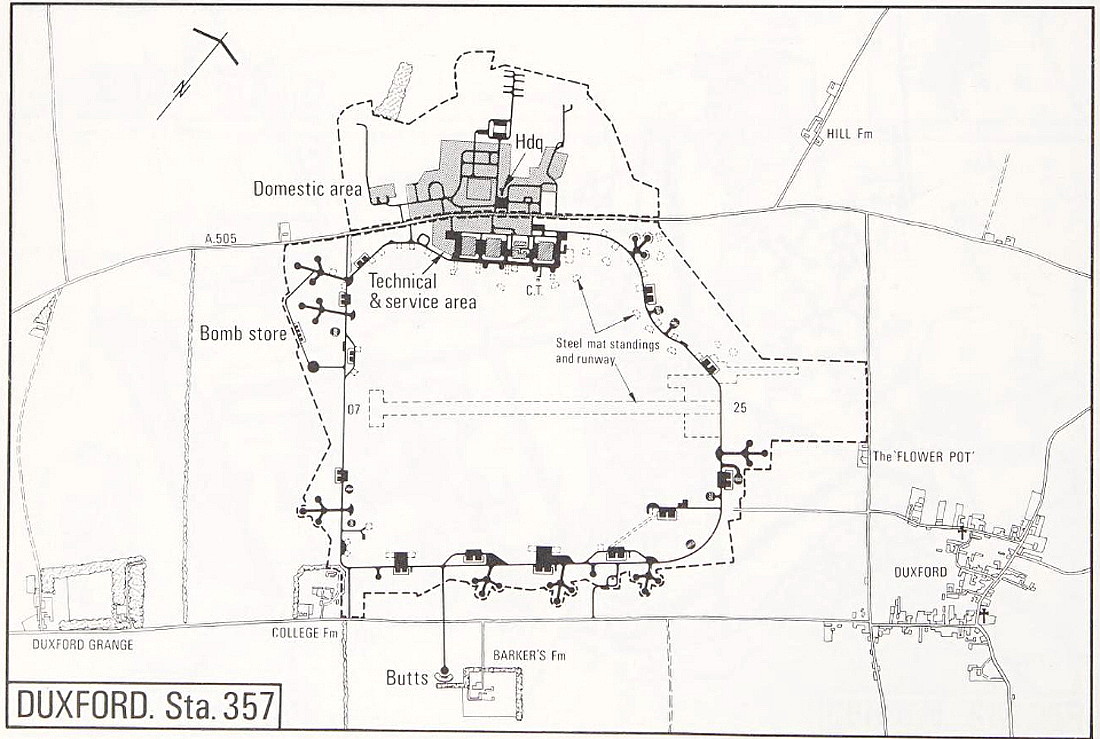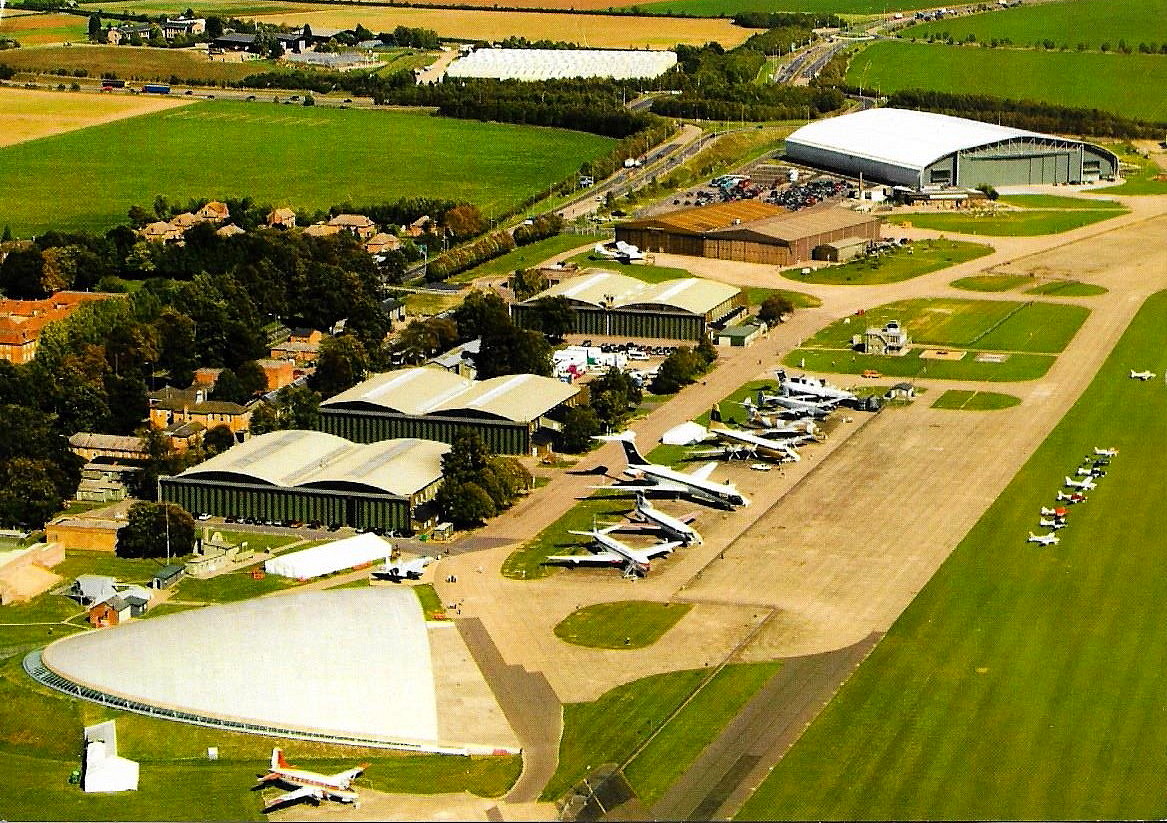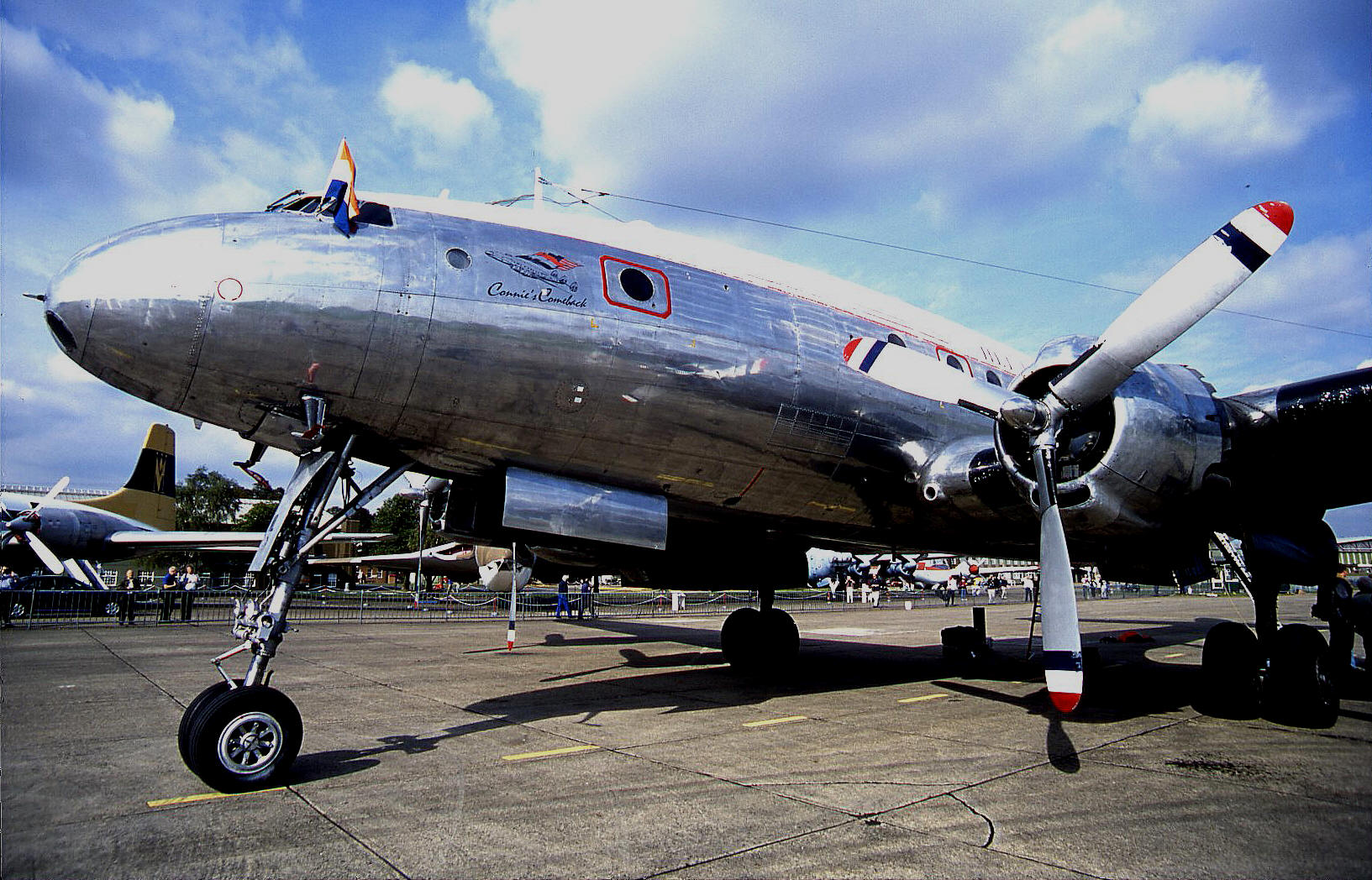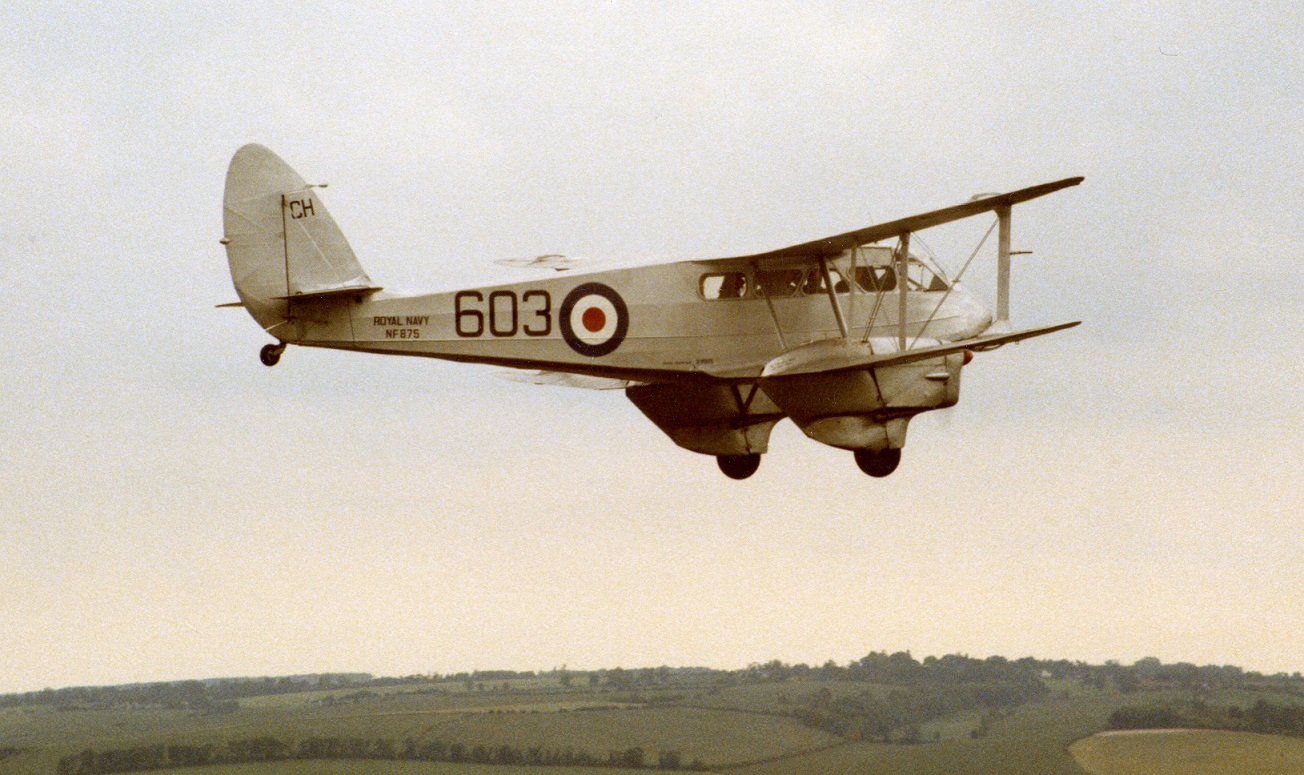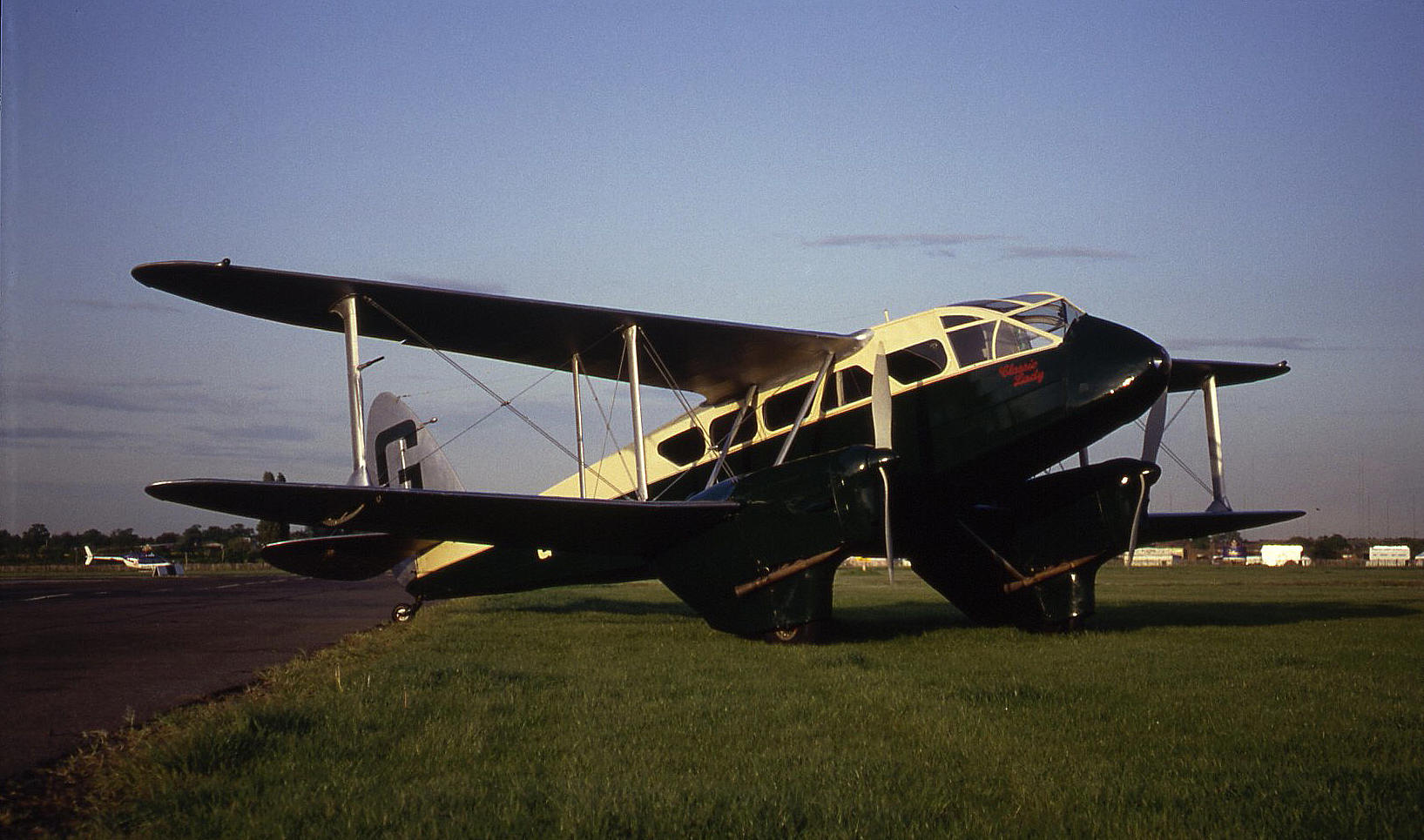Duxford
DUXFORD: Military aerodrome later civil public aerodrome
The second picture was obtained from Google Earth ©
Note: All pictures are by the author unless specified. And, more pictures of Duxford will appear - see 'Air Shows' and 'Museums' etc in my articles section.
Operated by: 1990/ 2001: Cambridge County Council in conjunction with the Imperial War Museum
Military users: WW1: RFC/RAF Training Squadron Station & Training Depot Station
123 Sqdn (Various types)
1919 to 1939: RAF Fighter Command
111 Sqdn
In October 1925 it appears the Cambridge UAS was formed here
29 Sqdn (Sopwith Snipes, Gloster Grebes, Armstrong-Whitworth Siskins, Bristol Bulldogs & Hawker Demons)
1938: 19 Sqdn (Gloster Gauntlets then Vickers-Supermarine Spitfire 1s)
66 Sqdn (Spitfires)
WW2: RAF Fighter Command
2 & 169 Sqdns (North American P-51 Mustang Mk.1s)
19 Sqdn (Vickers-Supermarine Spitfires)
56 Sqdn (Hurricanes later Typhoons*)
66 Sqdn (Spitfires)
222 (Natal) Sqdn (Bristol Blenheims, later Spitfires)
242 Sqdn (Hawker Hurricanes)
264 Sqdn (Boulton-Paul Defiants)
609 Squadron (Initially flying Spitfires, later Hawker Typhoons)
RAF Air Fighter Development Unit 1426 (Enemy Aircraft) Flight**
8th USAAF 66th Fighter Wing 78th Fighter Group 82 & 84 Sqdns (P.47 Thunderbolts)
1950s: RAF Sqdns (Hawker Hunters and Gloster Javelins)
64 Sqdn (Gloster Javelins)
Flying school: 1990s +? Pilot Flying Group
Gliding: 1970s until 1990? A gliding landing area ran parallel and S of the main hard runway
1981: Cambridge University Gliding Club
Civil activities: Post 1968 (?): Museum, GA private and large air displays featuring historic aircraft some conducting pleasure flights
Location: 1nm SE of Thriplow & just W of Duxford villages, 8nm S of Cambridge
Period of operation: Military: 1919 to 1961. Civil use from 1968 (?) to -
Note: This map is reproduced with the kind permission of Pooleys Flight Equipment Ltd. Copyright Robert Pooley 2014.
Site area: WW1: 223 acres 914 x 914
Runways: WW2: N/S 1280 grass NW/SE 1463 grass
NE/SW 1646 grass
1990: 06/24 1503x45 hard 06/24 787x30 grass
2004: 06/24 1503x45 hard 06/24 890x53 grass
In the middle of 2004 a temporary grass runway was marked out running parallel between the ‘normal’ grass runway, (which had been temporarily closed), and the hard runway. Of similar length it was however only 25 metres wide. Use was restricted to a pleasure flight operator flying historic types including a Tiger Moth which was badly damaged when it collided with one of the large and non-approved runway markers.
A MICHAEL T HOLDER GALLERY
We have Mike Holder, a great friend of this 'Guide', for providing the following maps, pictures and excerpts.
It is clear looking at the 1918 aerial photo that by 1918 DUXFORD was already a major aerodrome. Excerpt One is from War-Torn Skies, Cambridgeshire, by Julian Evan-Hart:
The 1953 airfield map is from Action Stations Revisited by Michael J F Bowyer. The photo of Czech pilots is from Cambridgeshire Airfields of WW2 by Graham Smith.
Excerpt Two is also from Cambridgeshire Airfields of WW2 by Graham Smith.
The subject of Douglas 'Tin Legs' Bader has become for me, especially over the last twenty five years (2024) of researching for this 'Guide', an item of much interest. Indeed I can still remember, aged about nine in 1956, being taken to the cinema to see Reach For The Sky. In its way a great film, portraying Bader as a national hero - which I suppose he still is, as viewed by most people, even today. He was certainly 'brave' being awarded the DSO and Bar plus the DFC and Bar. But, to what extent is being very pugnacious, gung-ho, obnoxious and belligerent, all qualities attributed to Bader, part of being 'brave'?
As has been pointed out to me, lacking social skills does not preclude being very effective as a Squadron Leader going into battle. Another interesting aspect coming to light over the years is that Bader being shot down over enemy territory is now usually attributed to "friendly fire". Suppose we'll never know if deliberate or accidental? One thing I have since learnt, from many accounts from men who served with or knew him, is that none of them had a high opinion of him. Quite the opposite.
THE BIG WING DEBATE
Here again, yet another vexed subject. During the so called 'Battle of Britain', our great "Benefactor" Herman Goering, head of the Luftwaffe, was proving that the 'Big Wing' stategy was very heavily flawed. It took so long to assemble that the single engine fighters, Bf109s, had very limited fuel left to engage in combat over the south and southeast of England. Indeed, some of them forced to engage in combat, ditched in the Channel going home, their fuel spent.
Douglas Bader, serving under Leigh-Mallory leading 11 Group, was a very big fan of the 'Big Wing'. And indeed as explained in the Excerpt Three above, was very effective at that time, as a defensive strategy. When the RAF later sometimes employed this approach flying into enemy held territory on the offensive, lo and behold, just as the Luftwaffe had very kindly demonstrated before, it was an abject failure.
A COUPLE MORE PICS
The picture of the Hurricane being serviced is also from War-Torn Skies, Cambridgeshire by Julian Evan-Hart. The Station HQ picture is again from Action Stations Revisited by Michael J F Bowyer. Both of these pictures, in their way, illustrating that to get military aircraft into the air, a large contingent of people on the ground are needed.
THE USAAF ARRIVE
Excerpt Three is from Cambridgeshire Airfields of WW2 by Graham Smith, and Excerpt Four is also, once again, from War-Torn Skies, Cambridgeshire by Julian Evan-Hart.
Excerpt Four certainly reminds me of serious advice I was given by one of my flying instructors who asked me what the most dangerous two words in aviation were? I had no idea of course. The answer being, "Watch this". And how true that has proven to be. Without proper planning and practice, the impulse to quickly show off so often ends in disaster.
LAST BUT NOT LEAST - PICTURES OF AIRCRAFT BASED HERE
NOTES: It appears that even as early as 1939 222 Squadron (part of 12 Group) were formed here with Bristol Blenheims as a night-fighter unit. What they expected to achieve is unclear, and by December 1939 it seems they conducted convoy patrols over the North Sea. Without any results - a pretty pointless exercise it seems.
ANOTHER FUTURE
It is claimed that after 1961, when military involvement ceased, the facilities quickly declined mainly because of dis-use and vandalism but the ‘Battle of Britain’ film was largely staged here in 1968 which appears to have been instrumental in rekindling both interest in the site and future prospects. It appears to have been Tony Beeton who suggested to Dr Christopher Roads, the then Deputy Director of the Imperial War Museum, and who was a local man, that Duxford could become a modern museum.
Dr Roads then made contact with Ted Inman of the EAAS, (East Anglian Aviation Society) and also an IWM employee, and they then both realised the future potential for DUXFORD. By 1973 the airfield and museum were just about in a position to open and a DH 110 Sea Vixen arrived by air, followed shortly after by an Avro Shackleton.
A huge amount of enthusiasm and effort was put into restoring DUXFORD as a major working aviation museum and fully operational airfield. In 1977 a historic milestone for the Duxford Aviation Society and Imperial War Museum occurred when the first British built Concorde flew in to be preserved here. The rest, as they say, is history. Today DUXFORD is undoubtably the crowning glory in British aviation history as a working aviation museum and in as much as they have many large aircraft, (both civil and military), on static display. And of course many classic, especially military aircraft, to be seen displaying in their air shows. It really is a magnificent achievement.
DUXFORD EARLY HISTORY
In April 1923 No.29 squadron were the first to be requipped with Sopwith Snipes and in 1924 No.111 were the second RAF squadron to receive Armstrong Whitworth Siskin III fighters. No. 19 squadron operated Siskin fighters until the early 1930s from DUXFORD. No.19 Squadron scored two 'firsts' being the first Squadron to operate Gloster Gauntlets and then the first squadron to receive the Spitfire, and the first example K9788 was flown in by the Supermarine test pilot Jeffrey Quill on the 4th August 1938.
It has to be remembered, and I cannot think of an exceptional to prove this rule, that until World War Two, and even then not until it had got well under way, the RAF and Fleet Air Arm saw no requirement for dual control versions of fighters. Why anybody could be expected to get the best out of a new type of aircraft, especially when graduating from a biplane to a Hurricane or Spitfire, without dual instruction, now seems a ludicrous state of affairs. But that is how it was. Small wonder then, when first exposed to combat in WW2, so many failed to survive even their first sortie. As far as I am aware, the same applied to all the other Air Forces of course.
PRIVATE TYPES
In the years between WW1 and WW2 (and beyond for that matter) there seems to have been a relaxed attitude towards service members and some, (privileged?), private owners using operational military aerodromes for private use and convenience. For example G-EBRK, a DH.53 Humming Bird is reported to have been operated from Duxford from 1929 to 1932 by R.W.H. Knight.
A SPECIAL UNIT
**In WW2 DUXFORD was home to at least a couple of highly specialised units. One was the 1426 (Enemy Aircraft) Flight, formed in November 1941 and quickly nicknamed the ‘Rafwaffe’. It appears they initially had just three enemy aircraft, and, so very typical of the RAF pen-pushers, they had to have RAF serial numbers. These were a Heinkel He 111 (AW177), a Junkers Ju 88 (HM509), and a Messerschmitt Bf109 (AE479). The way these, and later aircraft, were acquired was mostly due to either forced landings or navigation errors, sometimes caused by British counter-measures. (See CHIVENOR, DEVON).
One account says 1426 Flight toured their enemy aircraft around to various RAF aerodromes. I have yet to discover any account by RAF personal mentioning something like this occurring during their period of service. If this is true, did the Luftwaffe do the same with captured aircraft? 1426 (Enemy Aircraft) Flight later became the Air Fighting Development Unit and later in WW2, moved to COLLYWESTON (NORTHAMPTONSHIRE). After WW2, in 1945, they moved to TANGMERE (SUSSEX). On a practical note it does strike me as quite remarkable that the RAF could service and maintain these captured aircraft in airworthy condition. There must be quite a story behind this, especially the sourcing of spares etc.
In producing this ‘Guide’ I have become something of an ‘anorak’ and make no apology as I can think of few better purposes in life than investigating and recording history when in retirement? One minor aspect of RAF history is the Station Flight and I am finding this aspect of increasing interest as the years roll by. These aircraft were used as aerial runabouts, senior staff 'taxis' and, loosely speaking - sometimes even 'vans' for delivery and collection duties of spares etc. In the case of 1426 Flight it appears they had three aircraft to call upon. The Avro Anson Mk.1 N9882, the Airspeed Oxford V3781 and the General Aircraft ST.25 Monospar K8308. The Anson and Oxford were bog-standard RAF types, so I must ask, did the effort required to keep K8308 flying, (sourcing spares etc), equal its contribution to being a general purpose ‘runabout’ for the Flight? Or perhaps, was it the case that spares were readily available?
THE FIRST WITH THE TYPHOON
*56 Sqdn were it seems, the first RAF squadron to receive the Hawker Typhoon, a type beset with huge problems with its Napier engine which should never have entered service before getting sorted – according to many. However, once the reliability problems had been fixed (more or less) the type became a most formidable ground attack machine, as did its later version, the Tempest. Being very fast at low level the type proved very useful at intercepting the V.1 'Doodlebug' although many got through.
THE END WAS NIGH
In 1977 it was feared that flying would be terminated forever from DUXFORD because a motorway was being built at the eastern end of the airfield. Warnings were posted: Fly into DUXFORD before it closes forever! In the event the motorway, (the M.11), was built, passing just a few metres beyond the eastern end of the main runway. Since then DUXFORD has gone from strength to strength of course. All so typical of the general situation in life – beware the scaremongers, and beware the complacent too! Oh heck….what to do?
THE MIKE CHARLTON GALLERY
Note: In September 2017 I was kindly contacted by Mike Charlton who has an amazing collection of British aviation postcards; see www.aviationpostcard.co.uk
If anybody can kindly offer advice as to when these pictures were taken, this will be much appreciated.
THE IMPERIAL WAR MUSEUM
DUXFORD is of course now the home of the excellent and very large Imperial War Museum, a collection of a wide variety of mainly military types but also civil airliners and GA types. The collection also has a big section devoted to US military aircraft including a Boeing B-52 Stratofortress. Many exceptional air displays featuring historic military types take place here and, in recent years pleasure flights are available in historic aircraft most of the year, weather permitting.
THE DUTCH CONSTELLATION
In September 2002 a Lockheed Constellation arrived at Duxford, operated by a Dutch concern from The Netherlands. Aussie Brown and I drove up to witness this. I will always argue that the Douglas DC-3 is the classic airliner of all time, but the most beautiful airliners ever were built by Lockheed - the Constellations. For me the L-1649 Starliner with tip tanks was the ultimate.
THE MUSEUM
That trip turned out to be quite a story in itself, as we arrived at Liege just after the Belgium Grand Prix at nearby Spa had finished, and the place was utterly manic with helicopters delivering the personalities for onward transit into the fleet of exec jets parked on the apron .
AN EARLIER MEMORY
Also, before I learnt to fly, I took the opportunity to have two flights in the Russavia Collection de Havilland DH82 Tiger Moth G-MOTH. The first flight was with Mike Russell who had restored the aircraft to represent K2567 which was the first Tiger Moth to enter service with the RAF in November 1931. I still treasure the certificate Mike Russell presented me with on the 30th June 1985.
Incidentally, Mike Russell, then a Captain with Britannia Airways if my memory serves, really could make that aeroplane 'talk' and gave a wonderful demonstration of its flying abilities, such as flying just above the stall and gently nudging the throttle so I could see the leading edge slats on the top wing opening and closing. We then formated on his Dragon Rapide which was taking-off and he finished with a wonderful side-slip for the landing. The second flight, with a professional test pilot was utterly boring by comparison and he clearly lacked the skills for flying the Tiger Moth that Mike Russell possessed.
In itself a valuable lesson learnt about flying.
MORE DUXFORD PICTURES
We'd love to hear from you, so please scroll down to leave a comment!
Leave a comment ...
Copyright (c) UK Airfield Guide















